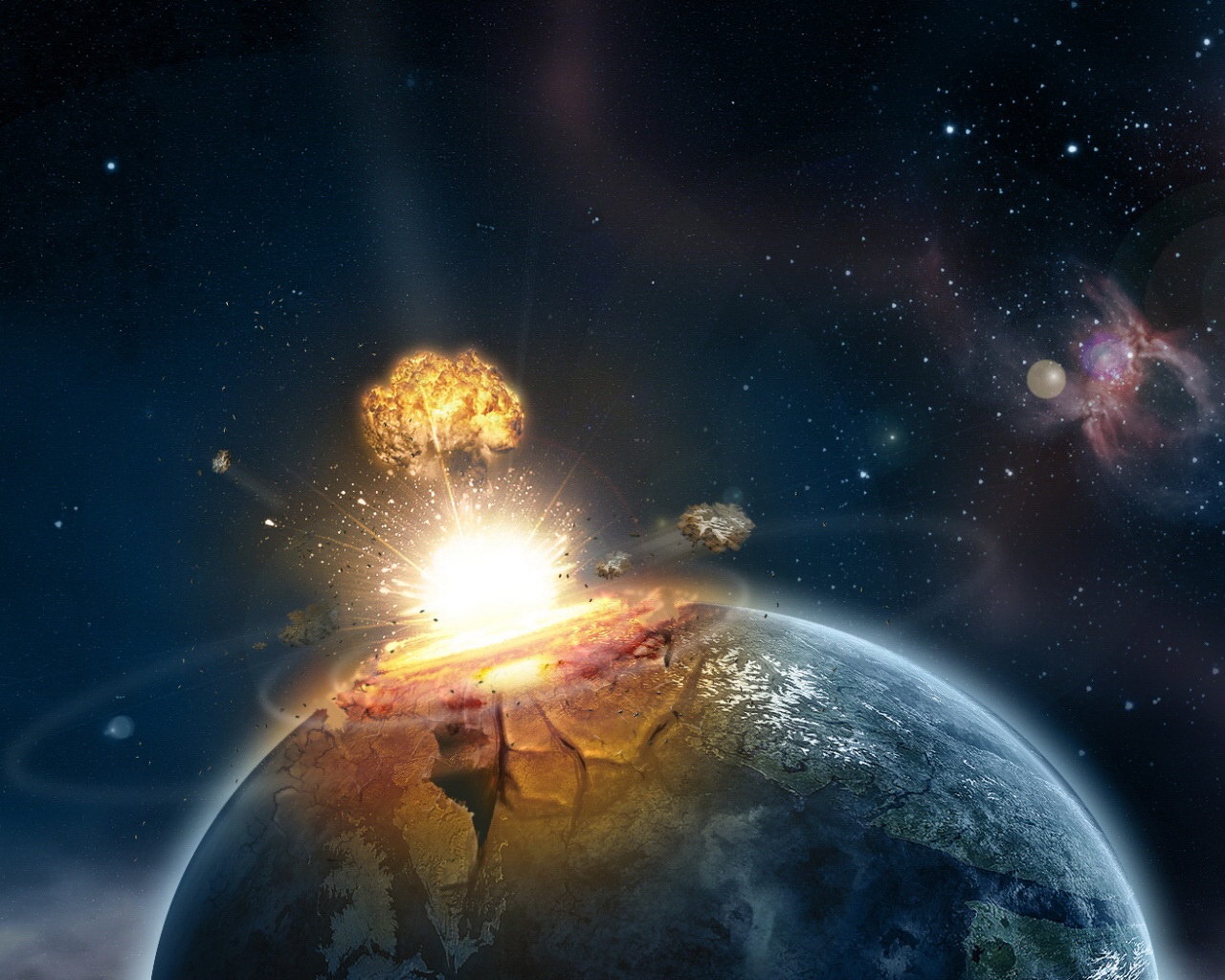
RELATED: Roughly a quarter of a billion years ago, 90-95 percent of all life on Earth died out. It took 30 million years for the planet to recover. Most people are familiar with the extinction event 65 million years ago that wiped out the dinosaurs. But the Great Dying was much more devastating. It left almost nothing alive. So what happened? Nobody is completely sure, but there is evidence to support two major catastrophes, both of which would have led to devastating climate change. At the end-Permian, giant mega-volcanoes began to erupt in the Siberian region. At the same time, there is now ample evidence that an enormous, 9 kilometer asteroid hit the ocean. So you’ve got massive volcanic eruptions, spewing tons of sulfur and greenhouse gas into the atmosphere. Billowing clouds cut plants off from life-giving light, and acid rain pours from the skies. The ozone layer is shredded. Then you’ve got this major asteroid impact, whose heat is so intense that it ignites forests. The burning trees release carbon dioxide and other toxins. The end result? A long-term transformation in the Earth’s climate, similar to what environmentalists predict in a worst-case scenario for our near future if we continue to burn fossil fuels and release other toxins. Carbon dioxide levels rise, oxygen levels fall, and animals and plants die off by the millions. Not all scientists agree that the asteroid impact caused the volcanic eruptions. Whether the volcanoes or the asteroid came first, it’s certain that the Great Dying was caused by the buildup of carbon dioxide both in the sea and on land. The devastation was so complete that the period following the end of the Permian has a 10-million-year “coal gap” when no coal was formed at all. Scientists speculate that’s because there was simply not enough plant life to create the coal. So, who survived the Permian-Triassic Great Dying? The fossil record is full of fungi, which thrive on dead bodies. And one group of those reptile-mammal tetrapods, called Lystrosaurus, began to thrive. About the size of pigs, Lystrosaurs were burrowing animals who ate plants. They had a lumbering, splayed gait and beaks that probably allowed them to chomp on rough vegetation. And they sported short, wiggly tails. Early in the Triassic, Lystrosaurs represented 90 percent of all animal life on land. They were alone on a dead world. MORE
